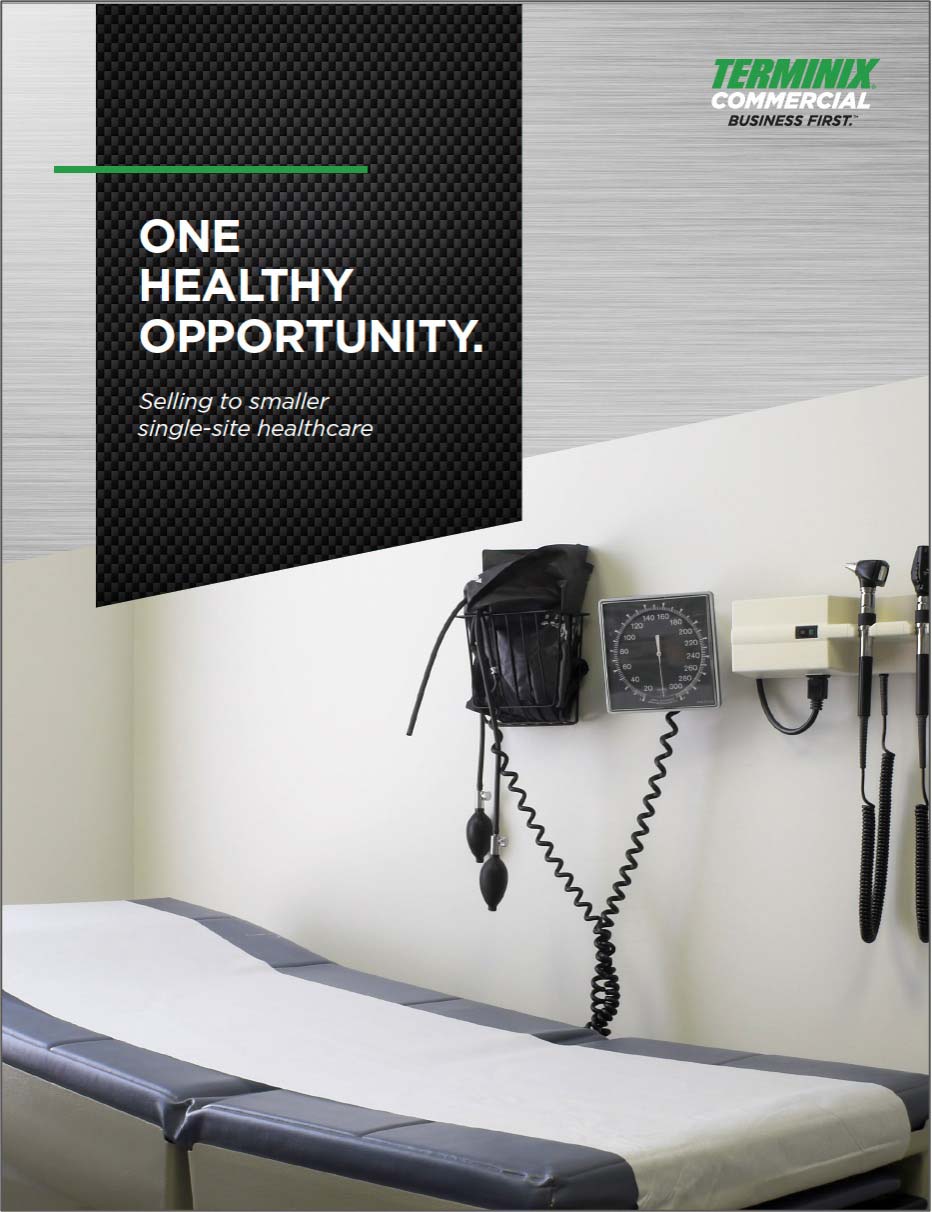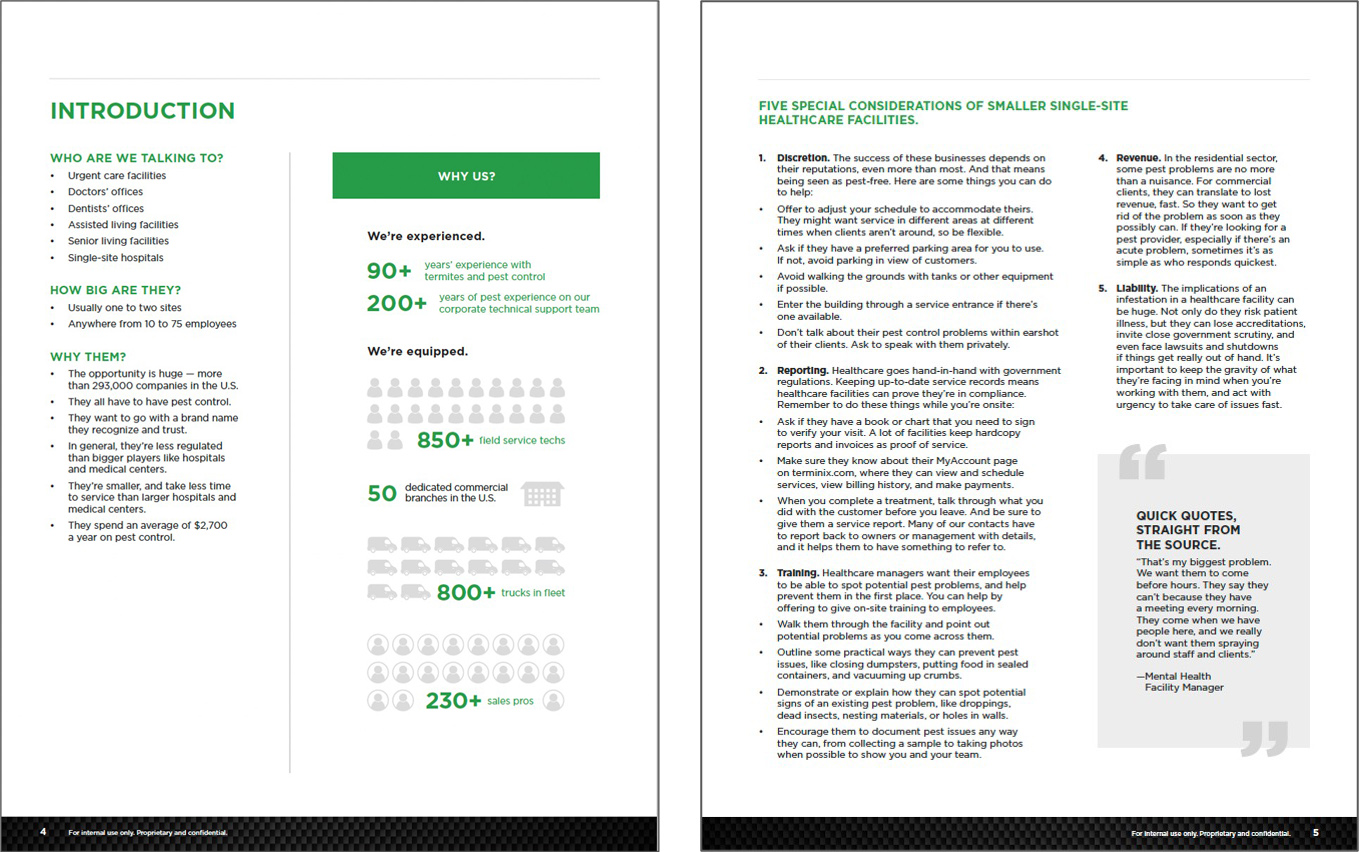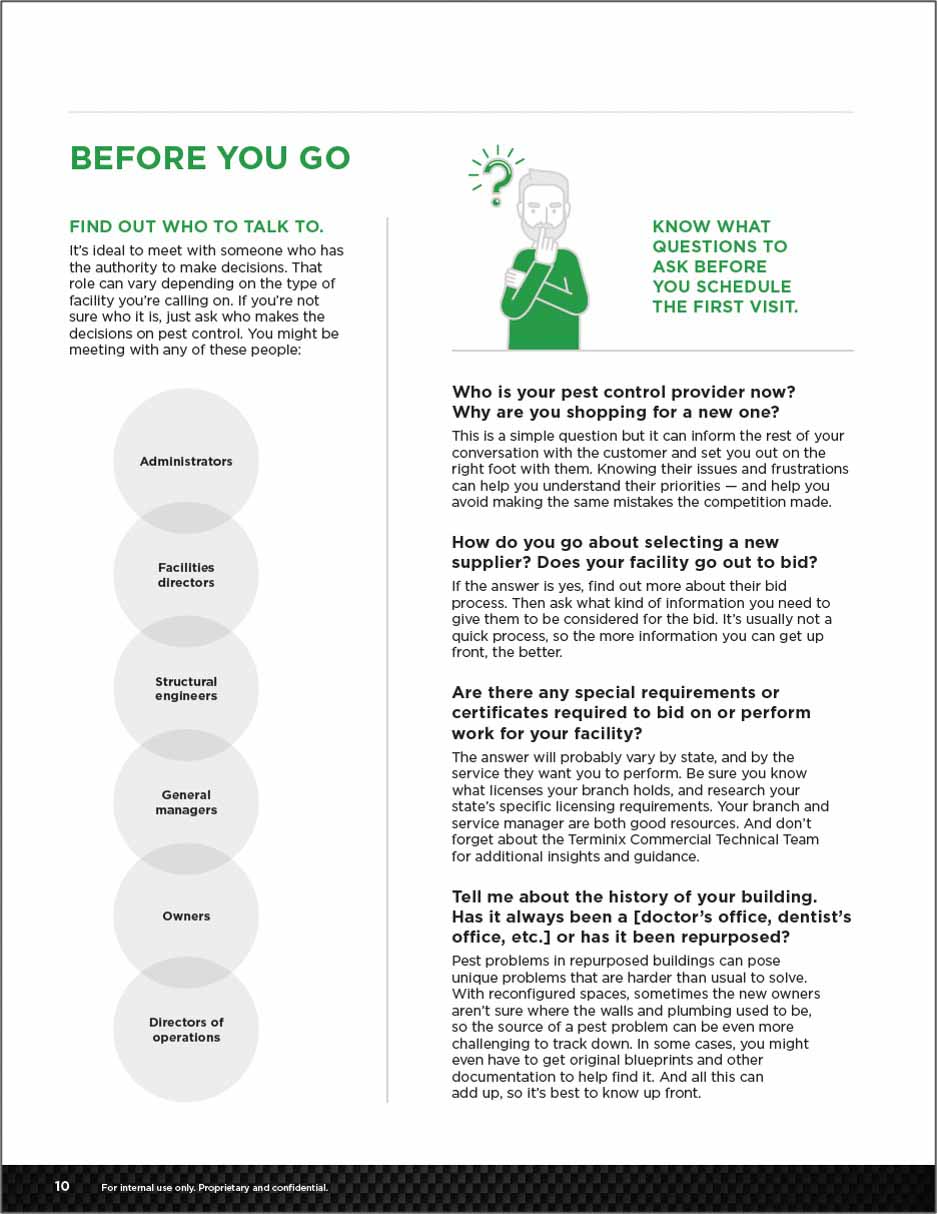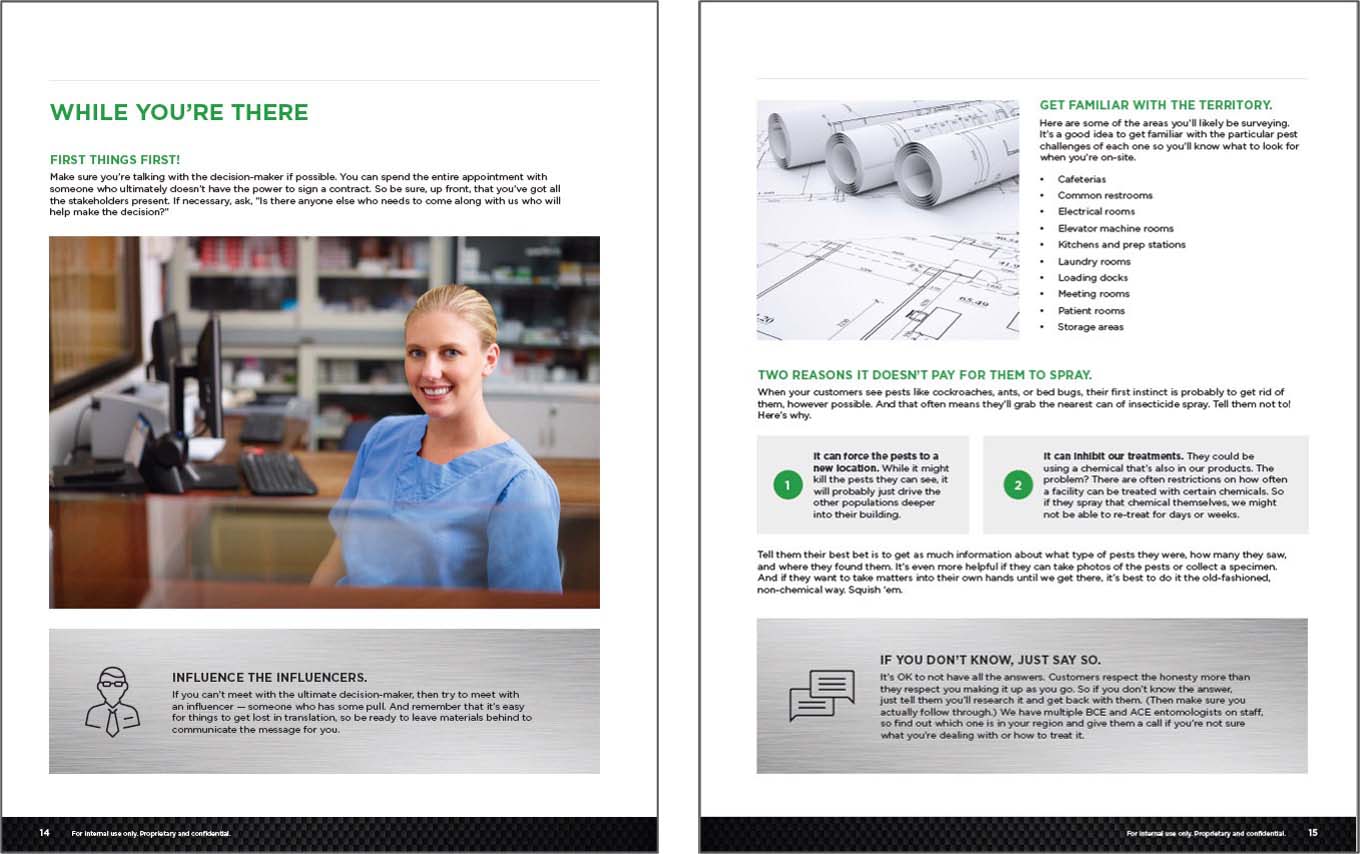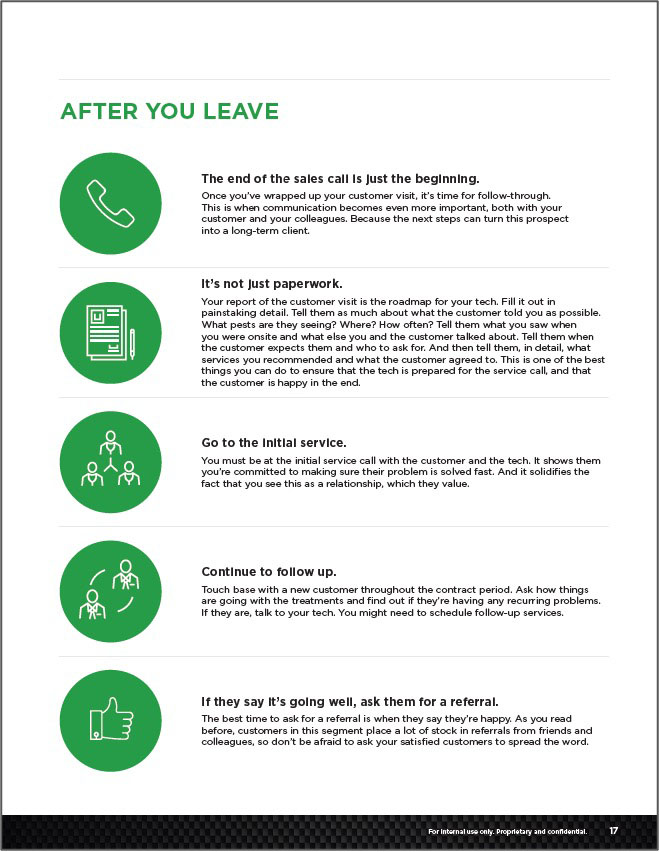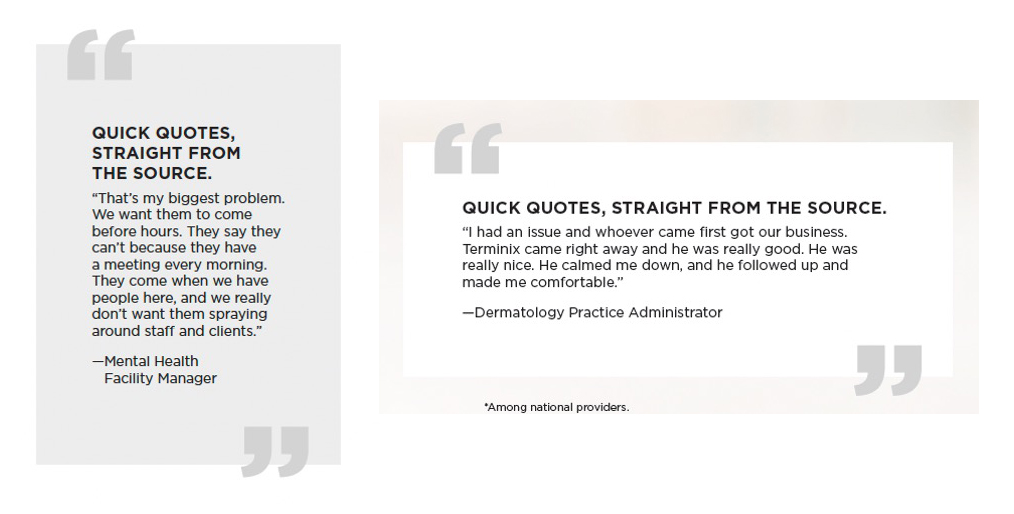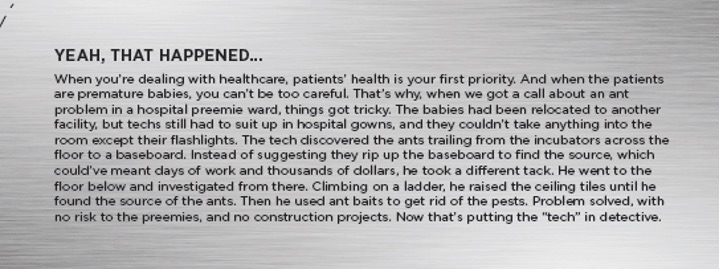When I was in college, I toured the U.S. with a competitive drum and bugle corps every summer. It was like marching band on steroids. All-day rehearsals, nightly competitions, sleeping on high school gym floors… We were among the best of the best.
After my first summer of this, I arrived at college for marching band camp — a few days late because of the corps tour. At the time, not all the band members got to perform. Just like the football team, there was a “first string,” and the rest were alternates.
Alternates had a tough job. They were expected to step in at a moment’s notice for any of 50 spots. “Preparation” consisted of a set of generic drill charts. No practicing a particular spot. No shadowing a specific player.
Since I was late, I was an alternate, but I got thrown into rehearsal fast. And thanks to the genius of the alternate system, when the drill started, I was clueless. That’s when my drum corps training kicked in: If you don’t know where to go, get off the field. Before someone needs stitches.
So, I bailed. (You’re all welcome, 1998 Pride of the Southland.) And then a moment I’ll never forget. The director’s voice crackling over the PA: “Stop stop stop. Girl in the red hat. I don’t know where you’re supposed to be. But I’m pretty sure it’s not on the back sidelines. Reset.”
250 heads swiveled to stare. They didn’t know I had just been tossed in without any rehearsal. They just thought I sucked. Day 1, I was a failure. But the truth? I wasn’t the problem. THE SYSTEM was the problem. I wasn’t equipped because they didn’t equip me. I’m not bitter, you’re bitter. Go Vols.
Now let’s talk about how this is relevant for your sales team.
Don’t assume your new reps know the drill
When it comes to onboarding new sales reps, a lot of organizations are making mistakes like this. Throwing rookies in before they know what they’re doing. Training isn’t adequate, so new-hire sales productivity stays low for a while — if it ever ramps up at all. These sales reps might be really good in certain situations. But without the right training, they’re floundering (or bailing to the sidelines).
Sometimes it’s because sales leaders think new hires will figure it out on their own. Maybe reps can shadow a veteran or take a high-level crash course in the product they’re selling. But sales onboarding training often skips deeper insights that can help reps shine as true consultants. By the time sales ramp-up time has passed, opportunities have, too.
Why are sales ramp times so slow?
The average rep takes between 3 and 6 months to reach full sales readiness. And that delay can be costly for companies, especially in industries with fast sales cycles or seasonal spikes.
One reason the sales learning curve is so steep is that there’s so much to learn. Beyond understanding the ins and outs of their own product or service, they have to learn about who they’re selling to:
- Who are my top prospects, and why are they promising?
- What are their goals and pain points?
- How do they make decisions?
- How do I tailor our value proposition to them and their business?
- What objections should I expect, and how do I overcome them?
To complicate things even further, the answers to these questions can vary widely based on which industry the prospect is in. So even if the rep learns how to call on someone in manufacturing, they still don’t know how to talk to someone in retail… or healthcare… or real estate… or… or… or…
Without top-notch sales enablement training, reps aren’t confident. So they either lean too heavily on pricing (because they can’t articulate the unique, relevant value) or they stall in customer conversations altogether. And when their early efforts hit the wrong note, their confidence — and pipeline — suffers.
Is your team too focused on pricing? Learn three ways you can help them adopt a value-based approach instead.
How can you onboard reps faster?
Give them strategic, vertical-specific sales enablement playbooks. They reduce sales ramp time, boost performance, and increase early win rates.
Structured sales onboarding leads to 50% faster quota attainment, 58% higher retention rates, and 37% faster time to productivity, according to collaboration platform Mural.
Here’s an example: Our One Healthy Opportunity playbook that helped pest control reps sell to healthcare facilities. It’s a turnkey sales training system that our client could put directly in the hands of every new hire. Here’s how playbooks like this can accelerate onboarding and boost confidence.
1. Clear vertical targeting
The playbook clearly defined target businesses and their hot-button issues. So reps knew where to focus their prospecting efforts and how to tailor their outreach.
2. Call prep with personas
Reps could identify key decision makers and get insights into their priorities and pain points, from protecting patients to complying with regulations.
3. Sales process mapping
The playbook walked reps through every phase of the sales cycle.
Before you go: Who to call and what to ask
While you’re there: How to identify influencers and survey high-risk areas
After you leave: How to document the visit and prep the tech for success
Reps could avoid guesswork and accelerate their time to first deal with clear next steps.
4. Real-world scenarios and quotes
We included real quotes from healthcare facility managers, so reps could hear what decision makers cared about in their own words. And then address those concerns proactively with prospects.
And we included anecdotes to show reps how to think like a problem solver, not a product pusher.
Help reps ramp with confidence — and deliver real value
Reps using structured playbooks like One Healthy Opportunity don’t just onboard faster. They:
- Demonstrate their expertise from the get-go
- Build rapport with prospects by addressing what really matters
- Avoid compliance missteps that could cost them business
- Create continuity between sales and service teams
- Convey professionalism at every touchpoint
Most important, reps who are armed with these tools can deliver value sooner. And that drives retention and referrals — especially in verticals like healthcare where trust is everything.
The right sales playbook isn’t just a resource. It’s a rep accelerator.
It flattens the sales learning curve and boosts rep effectiveness. It equips rookies to sell like veterans — and ensures the first customer interaction is a strong one.
So the next time you’re onboarding a new class of sellers, don’t just give them their marching orders. Hand them a smart, strategic playbook that actually equips them to perform. You won’t just speed up onboarding. You’ll create a culture of competence, confidence, and customer care.
Need help creating a high-powered playbook? Get yourself a counterpart for that.
Related:
Help your sales team recognize opportunities with visual tools
Sales enablement that sticks: How constant reminders drive adoption

